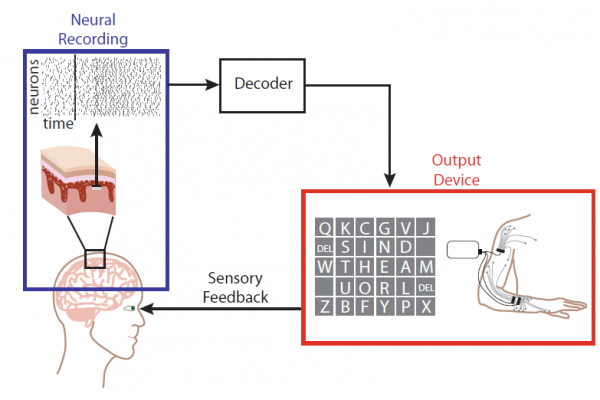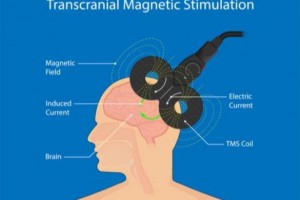Renaissance in technology; An evolution in brain-computer interface (BCI) systems
In the last few years, news related to BCI technology has moved from the research space to commercial applications. Companies such as Nuralink, Synchron, and Blackrock Neurotech have made significant investments and published new announcements of their latest achievements with the idea of commercializing the BCI system.
In the last few years, news related to BCI technology has moved from the research space to commercial applications. Companies such as Nuralink, Synchron, and Blackrock Neurotech have made significant investments and published new announcements of their latest achievements with the idea of commercializing the BCI system. The speed of development shows that we can witness a new era of technology development based on brain signals in the not-so-distant years.
BCI (Brain-Computer Interface) is a system that communicates between brain signals and computer commands like a translator. For example, it converts the brain motor area commands into binary signals to control the therapeutic robots or transmits the perception of the outside world, such as the sense of touch, to the brain. To learn more about the purpose and structure of these systems, you can refer to the Brain-Computer Interface .
The first BCI systems were designed with EEG signals to record brain activity. In the last few decades, with advances in the design and manufacturing of electrodes, processing systems, and machine learning algorithms, invasive BCI systems have attracted more attention. These systems include four main parts:
- Neuronal activity recording
In neuronal recordings, three issues become important: recording location, the recording electrode, and desired signal. Implants' locations are determined according to accurate medical diagnosis. The next step is to choose appropriate electrodes. There are three main types of multielectrode arrays: microwires, flexible polymer-based microelectrode arrays, and silicon-based arrays. One of the most popular electrode arrays for BCI is a silicon-based array, the Utah Array. It is the only array currently approved for clinical trials with human patients by the US Food and Drug Administration (FDA). Depending on the electrode and purpose of the study, the type of signal can be ECoG (recorded from the surface of the cortex), spike, or LFP (recorded from inside the cortex tissue).
- Decoding algorithm
To extract information from recorded data and decode them, two approaches can be realized. Using classification algorithms to select a specific target; Like choosing a letter of the alphabet from the screen and making a word by the person. In the second approach, to control the movement of robotic arms, we need continuous decoding of signals. in this regard, some algorithms such as vector population algorithm, optimal linear estimation algorithms, and Kalman filter can be used. One of the milestones in the progress of this field has been the use of machine learning algorithms, which have significantly improved the speed and accuracy of decoding.
- Output device
After decoding the brain signal and intention of a person, the next step is an output device to get to the goal. Robotic arms are most appropriate for amputees, but many potential BCI users have intact limbs. If we could decode desired muscle activity directly from the brain, we could use functional electrical stimulation (FES) to directly activate a patient’s muscles to reanimate their limbs. This would allow a person with paralysis to regain the ability to interact with the world with their limbs.
- Sensory feedback.
Finally, one of the significant parts of this system is feedback to the user to correct possible errors. Currently, these feedbacks are generally visual. The user would learn to interact with the system by observing the result on the screen. However, recent studies are trying to design closed-loop BCI, where the user receives and understands somatosensory information in a reverse direction to the brain. It allows a person to have a sensation of its material, weight, and dimensions while moving the object. This makes the motor-control messages sent far more accurate and user-friendly.
The first modern-day intracortical BCI was reported about fifty years ago. By recording and stimulating single neurons on animal samples, the researchers showed that the activities of a single neuron or neural population can be decoded. However, the first human trial has been published about fifteen years ago. The following parts of this article will be published shortly after the publication of this part in the communication channels of the National Brain Mapping Laboratory. There we will mention the successful examples of this system in scientific research and the entry of this technology into commercial markets.





Related Posts